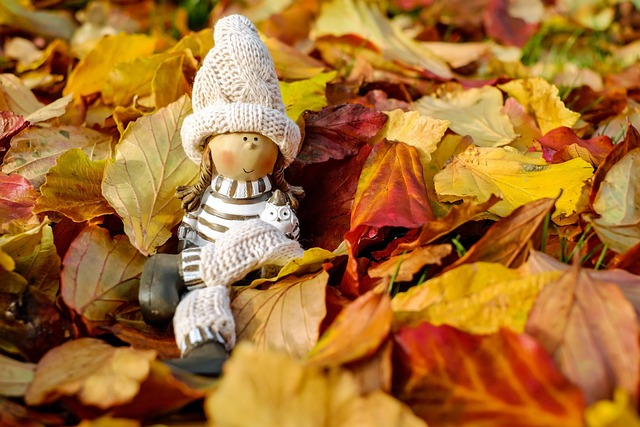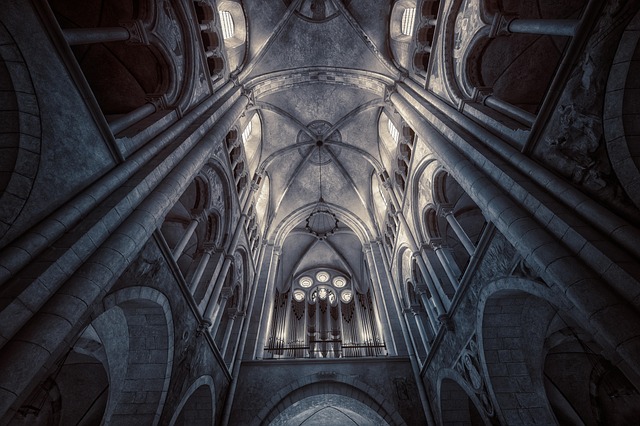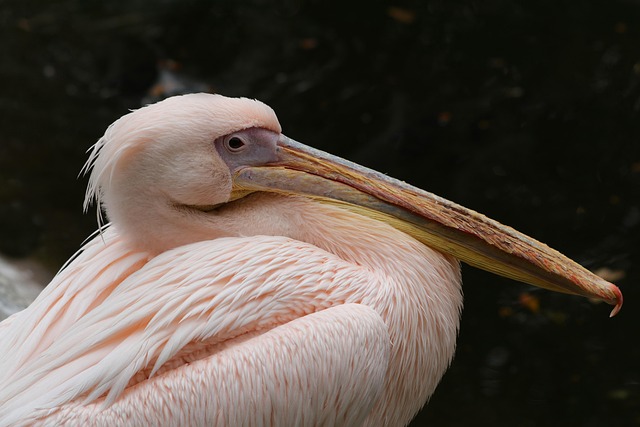Exploring the Figure: An Artistic Journey into Fine Arts and Culture
The figure has long stood as a central theme in the realm of fine arts, capturing the essence of humanity, emotion, and culture. This exploration into the figure transcends mere representation; it delves deep into the intricacies of our identity, our connections to one another, and our place within the broader tapestry of culture.
In drawing, the figure serves not only as a subject but as a medium through which artists communicate their interpretations of the world. The lines, shadows, and strokes that define the human form can evoke an array of emotions—joy, sorrow, struggle, and triumph. Each artist brings a unique perspective, turning the simple act of drawing figures into a profound expression of individual and collective experiences.
The Power of the Human Form
When we think of fine arts, the human figure is often the first source of inspiration. Think of the masterpieces that hang in galleries worldwide: Michelangelo’s sculptures, Raphael’s portraits, or Degas’ dancers. Each artwork tells a story not just of the subject but of the time and culture in which it was created. By studying these representations, we glean insights into societal norms, histories, and the interwoven narratives that define cultures.
The figure is also an embodiment of beauty, allowing artists to explore themes of aesthetics and proportion. From classical to contemporary art, the portrayal of the figure has evolved, reflecting changing ideals of beauty and identity—making it a rich field for examination.
Cultural Significance in Artistic Representation
Art does not exist in a vacuum. The figure often serves as a canvas for cultural expression. For instance, consider how different cultures interpret the human form through various artistic lenses. In African tribal art, figures may embody spiritual significance, representing ancestors or deities. In contrast, Asian art might focus on harmony between the figure and nature, illustrating how the human form interacts with its environment.
Every stroke and detail is intentional, allowing viewers to engage with the artwork on both a personal and universal level. When artists draw figures from their cultural backgrounds, they create a dialogue that invites us into their world—a glimpse into their beliefs, struggles, and celebrations.
The Journey of Artistic Creation
For those venturing into the world of drawing, the figure can often be intimidating. What if the proportions aren’t right? What if the emotion doesn’t translate? Yet, it is this very journey that enriches the artistic experience. Sketching the figure becomes an exploration of one’s abilities, emotions, and thoughts. It challenges artists to observe closely, to connect with the subject, and to draw not just what they see but what they feel.
As participants in this creative process, both artists and viewers embark on a journey of discovery, gaining insights not only into the figure itself but into the cultural narratives and emotions that it evokes. This connection can be transformative, as we recognize reflections of our own experiences in the works of others.
So, whether you are an aspiring artist or an avid admirer of fine arts, embrace the figure as a point of connection. Let it lead you through the rich landscapes of culture and emotion, guiding your journey into the heart of artistic expression.




